This year’s anniversary edition of Fotofestiwal in Łódź will concentrate on the experience intrinsically linked to photography from its very beginning – travel and the various forms of its recording and presentation. The main theme, “HIT THE ROAD: Photographers Travel” will be treated very broadly: from the reinterpretation of travel photography from the turn of the century, through the records of the photographers’ personal voyages and photographic accounts of great human migrations to cliché postcard photography and conceptual projects reprocessing frames found in the Internet.This extraordinary journey, with world-famous artist as guides, will begin on 9 June and last until 19 June 2016.
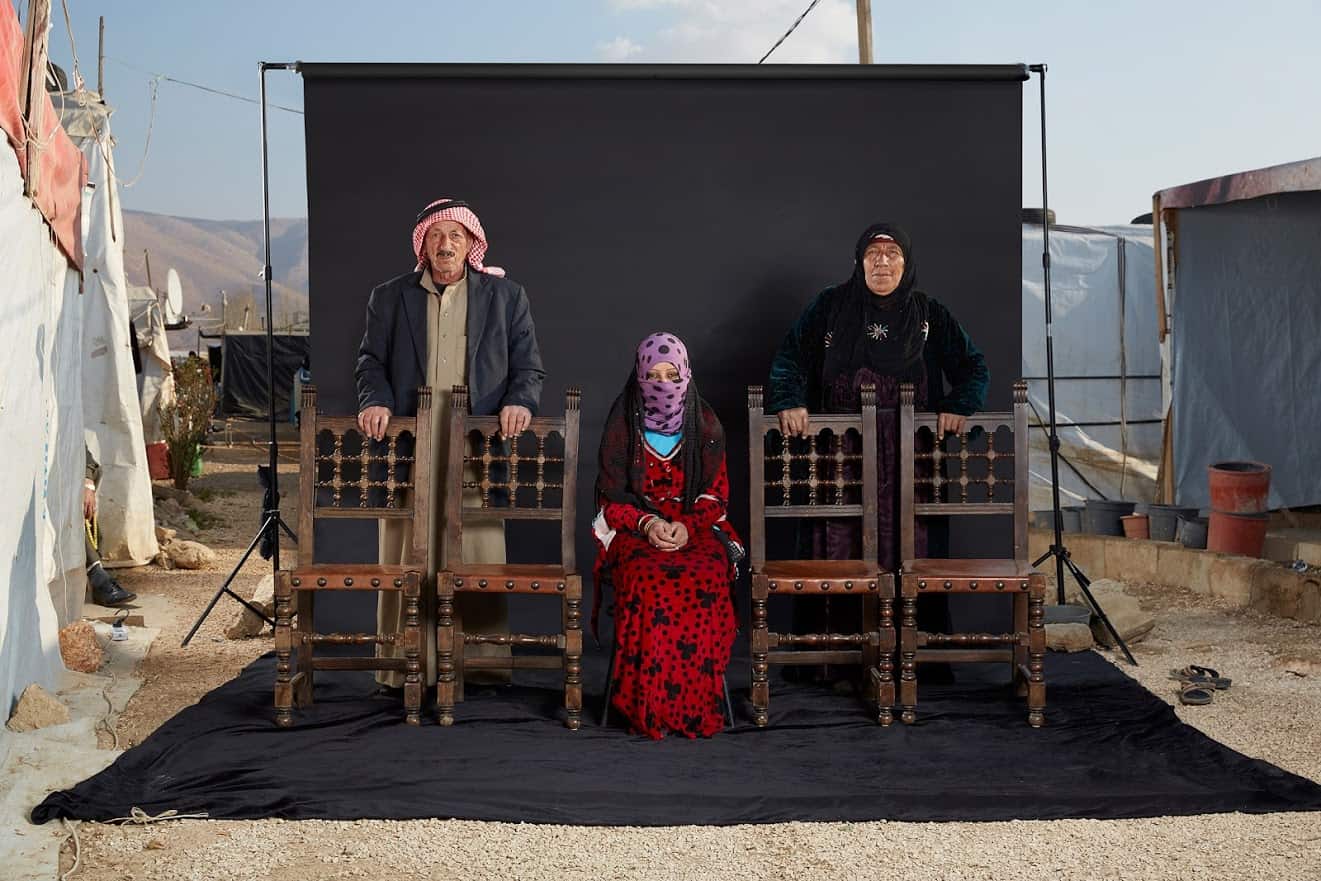
Dario Mitidieri „Lost Family Portraits”, wystawa “Displaced”, Fotofestiwal 2016 // Dario Mitidieri „Lost Family Portraits”, part of “Displaced” exhibition, Fotofestiwal 2016
For Contemporary Lynx, Alison Nordström – Art Director of the Fotofestiwal Łódź talks about travel photography, sense of place and getting away from the imperialist model of depicting the exotic other.
Sylwia Krason: This year Fotofestiwal in Łódź looks set to be a multidimensional journey, with the main theme, “HIT THE ROAD: Photographers Travel”. Could you tell us why you have chosen this particular theme, and how you understand it?
Alison Nordström: I’ve done a lot of travel myself, and while I’m not a photographer, I’ve always been interested in the pictures people make to express their sense of a place or culture not their own. I’m also fascinated by the ways pictures of places we have never been shape our ideas of those places. I think we are finally getting away from the imperialist model of depicting the exotic other. These days, cross-cultural understanding is more important than ever and I wanted to look at how photography contributes.
SK: You are not only the artistic director of the festival but also the curator of the main exhibition ‘Road Trips’, which will take the viewers on a world tour. The exhibition presents the works of eleven artists who explored different cultures during their travels and studied the role of photography in that process. Tell us more about the main concept and how you selected the artists.
AN: I started with what I was NOT looking for: exotic and beautiful travelogue images that we see in calendars and airline magazines. I was drawn to artists who were really trying to understand unfamiliar places but I found that strongest work dealt with both travel AND photography. So Theo Baart and Cary Markerink are utilizing Baldus’s 1855 images of Picardy to guide their depiction of the place’s contemporary visual culture. Françoise and Daniel Cartier are working with 19th century Grand Tour images of Italy and Corrinne Vionnet uses tourist photographs from Flickr to construct meta-images of landmarks. The work ranges from the intimate to the spectacular: François Deschamps shows intimate work from the portrait project he undertook in Bamako, Mali, while Kadir van Lohuizen uses multimedia to replicate a journey from Tierra del Fuego to Alaska. I’m particularly pleased to include new work from California by Qian Zhao, a young Chinese photographer whose images of the United States remind us that exotic is a state of mind, not geography.
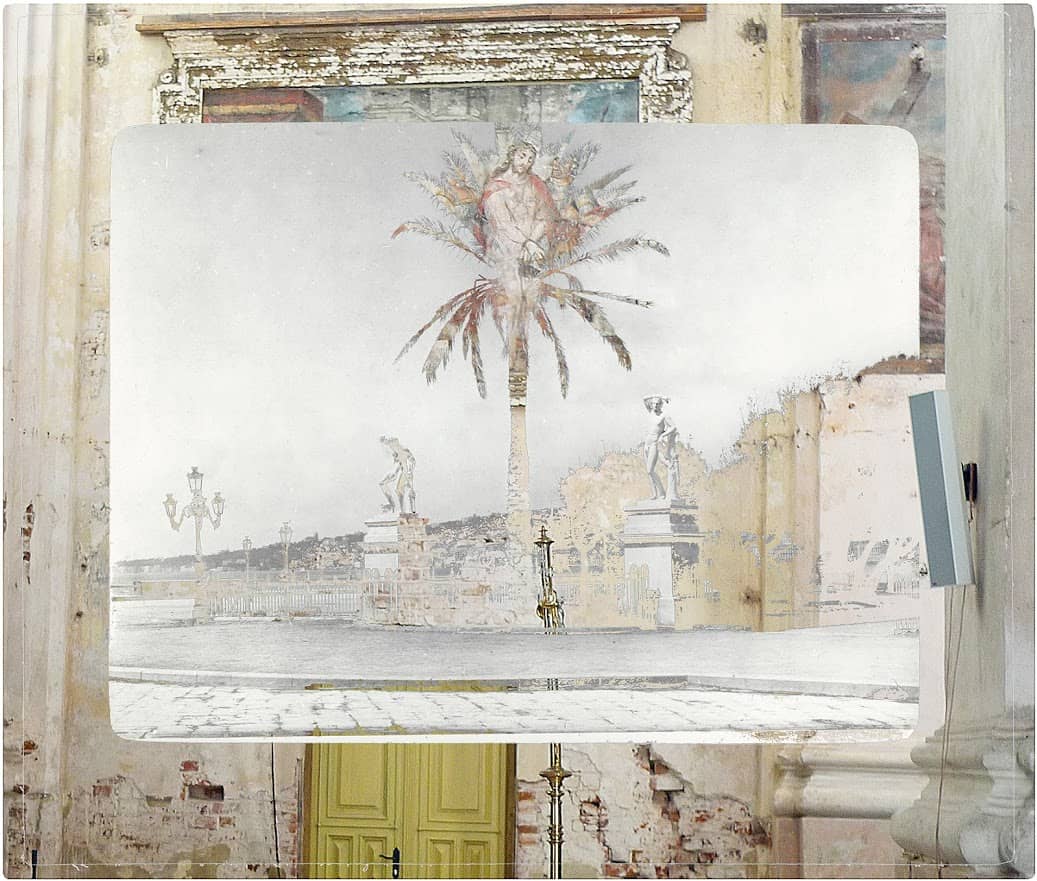
Françoise i Daniela Cartier „Grand Tour w nowej odsłonie”, wystawa “Road Trips”, Fotofestiwal 2016 // Françoise i Daniela Cartier „Grand Tour Revisited”, part of “Road Trips” exhibition, Fotofestiwal 2016. Exhibition supported by the Swiss Arts Council Pro Helvetia
SK: These days, it seems that no travel can happen without taking travel pictures and posting them on social media. In your view, what does it tells us about the role photography plays?
AN:I think photography has always had the role of moving images of a place to another place. Excursions Daguerriennes was published in 1842, just 3 years after photography was invented! Today of course, it’s much easier too do, and we all travel more. I suspect that most travel photographs resemble each other but they serve as evidence of a journey and reinforce our personal visual archives.
SK: Where do you stand in the debate whether a photographer should travel to the unknown as this experience sharpens his or her perspective, or should they photograph something he or she knows very well, usually something close to home?
AN: Of course the most important thing is to make good pictures for a good reason. There is no question that we see differently in unfamiliar environments but whether a particular project should be undertaken at home or abroad is determined by the project.
SK: The theme of a journey is associated with the process of travelling, and also the traveller’s destination. But, I’m curious about the origins of the journey – do you think it matters where one comes from?
AN:What we see and experience is shaped by who we are, and that is often determined by the geography and culture we grew up in.
SK: Do you have your favourite Polish photographers? If yes, what makes them special?
AN: I am very taken by the work of Zofia Chometowska. She found such amazing images and showed me a part of Polish history that was new to me.
SK: What is the secret to making a successful photo festival?
AN: Planning, passion, time, money. It probably helps to be a little crazy too.
SK: What makes Fotofestiwal in Łódź different and what attracts international photographers to Łódź?
AN: I have never met a more passionate and dedicated group of people than the Lodz Fotofestiwal staff. Their hard work behind the scenes results in an easy and fabulous event. It is a truly international gathering of old and new friends brought together by their love of photography. The wonderful city of Lodz itself contributes greatly to the ambience of the event.

Joseph Tamargo “Valparaiso”, wystawa „Road Trips”, Fotofestiwal 2016 // Joseph Tamargo “Valparaiso”, part of „Road Trips” exhibition, Fotofestiwal 2016
Qian Zhao “offcut, the edge”, part of „Road Trips” exhibition, Fotofestiwal 2016
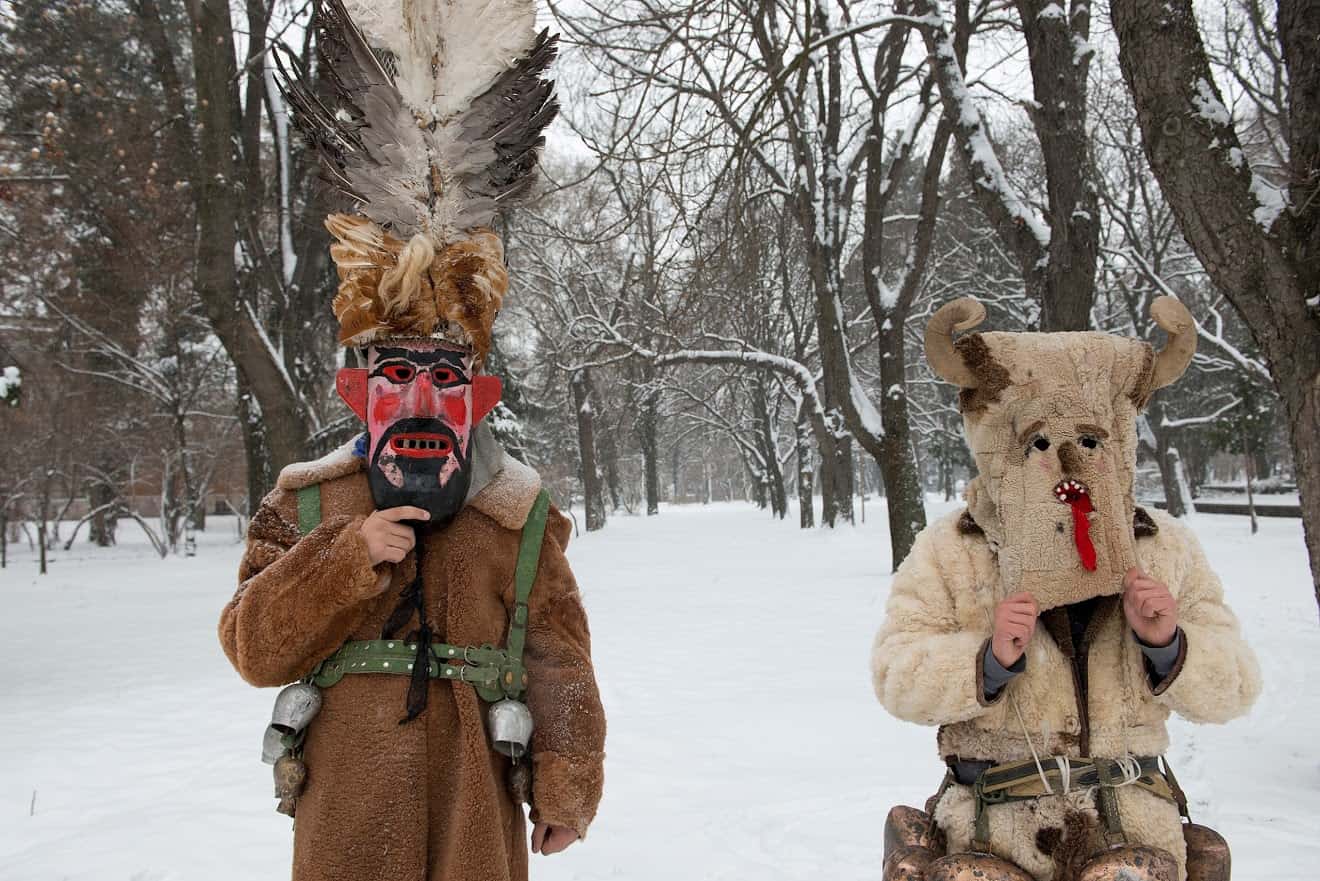
Friso Spoelstra “Diabły i Anioły: Obrządki ludowe w Europie”, wystawa “Road Trips”, Fotofestiwal 2016 // Friso Spoelstra “Devils and Angels: Ritual Feasts in Europe”, part of “Road Trips” exhibition, Fotofestiwal 2016

Birte Kaufmann „Travellersi”, Grand Prix, Fotofestiwal 2016 // Birte Kaufmann „The Travellers”, Grand Prix, Fotofestiwal 2016

Carlos Alba „Obserwacja nieistotnego”, Grand Prix, Fotofestiwal 2016 // Carlos Alba “The Observation of Trifles”, Grand Prix, Fotofestiwal 2016
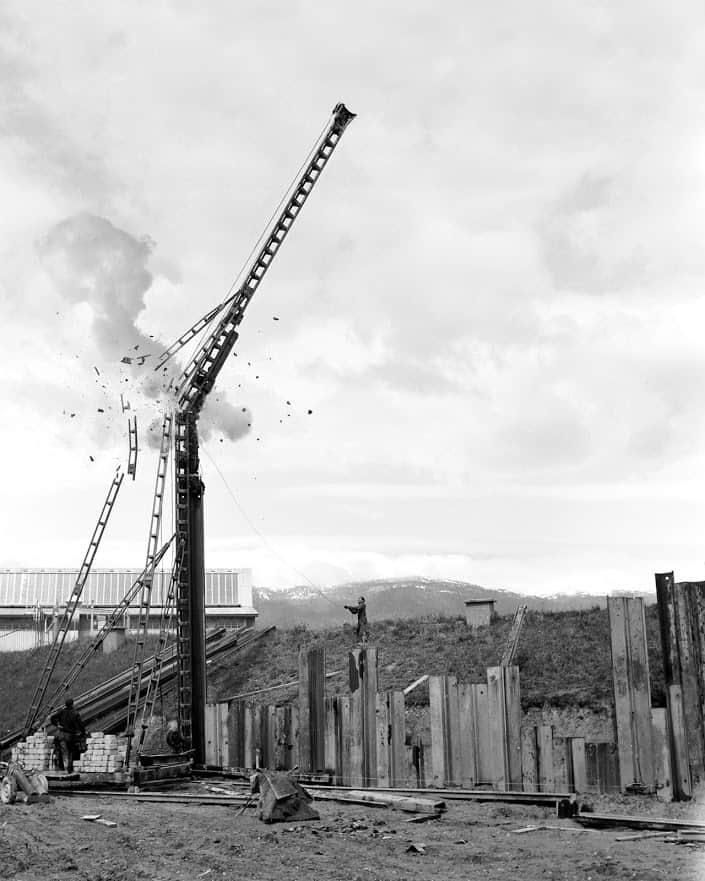
David Fathi „Wolfgang”, Grand Prix, Fotofestiwal 2016
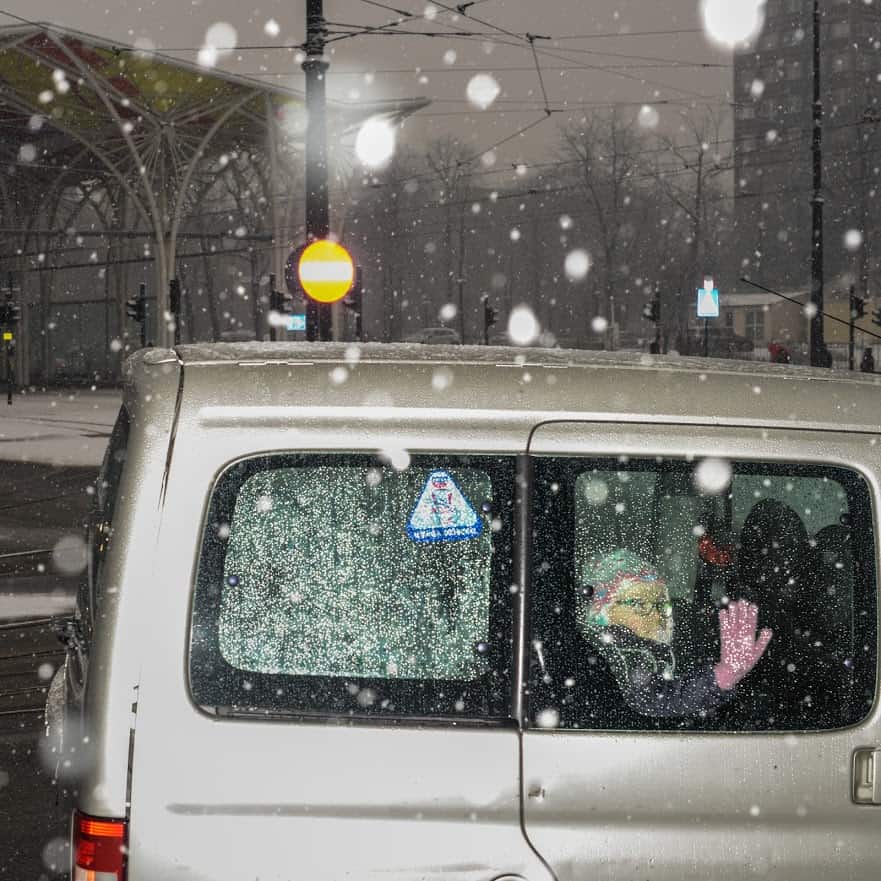
Alexander Gronsky “Lodz”, wystawa „Flâneur – Nowe Miejskie Narracje”, Fotofestiwal 2016 // Alexander Gronsky “Lodz”, part of „Flâneur – New Urban Narratives” exhibition, Fotofestiwal 2016












